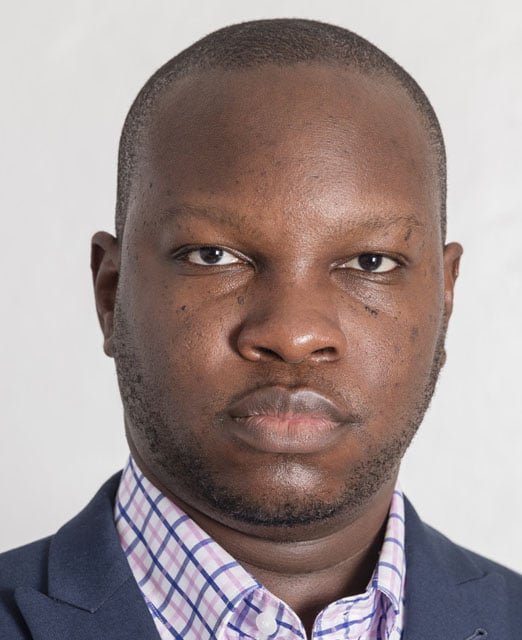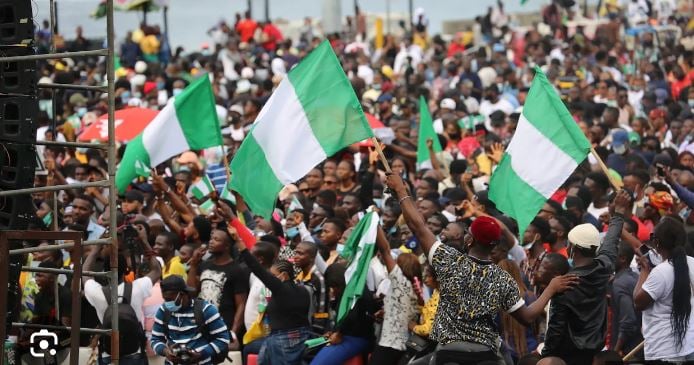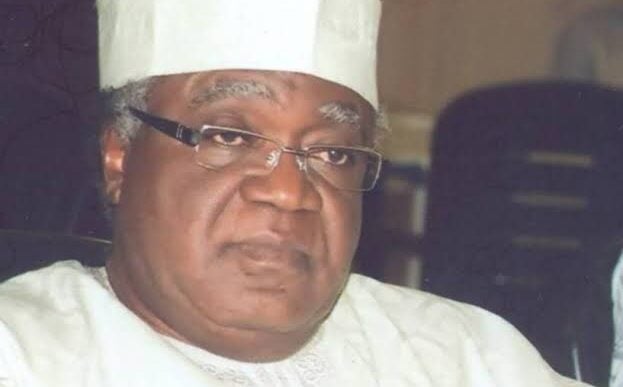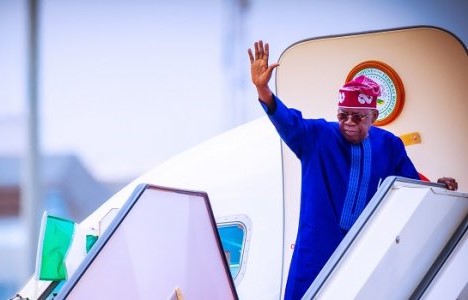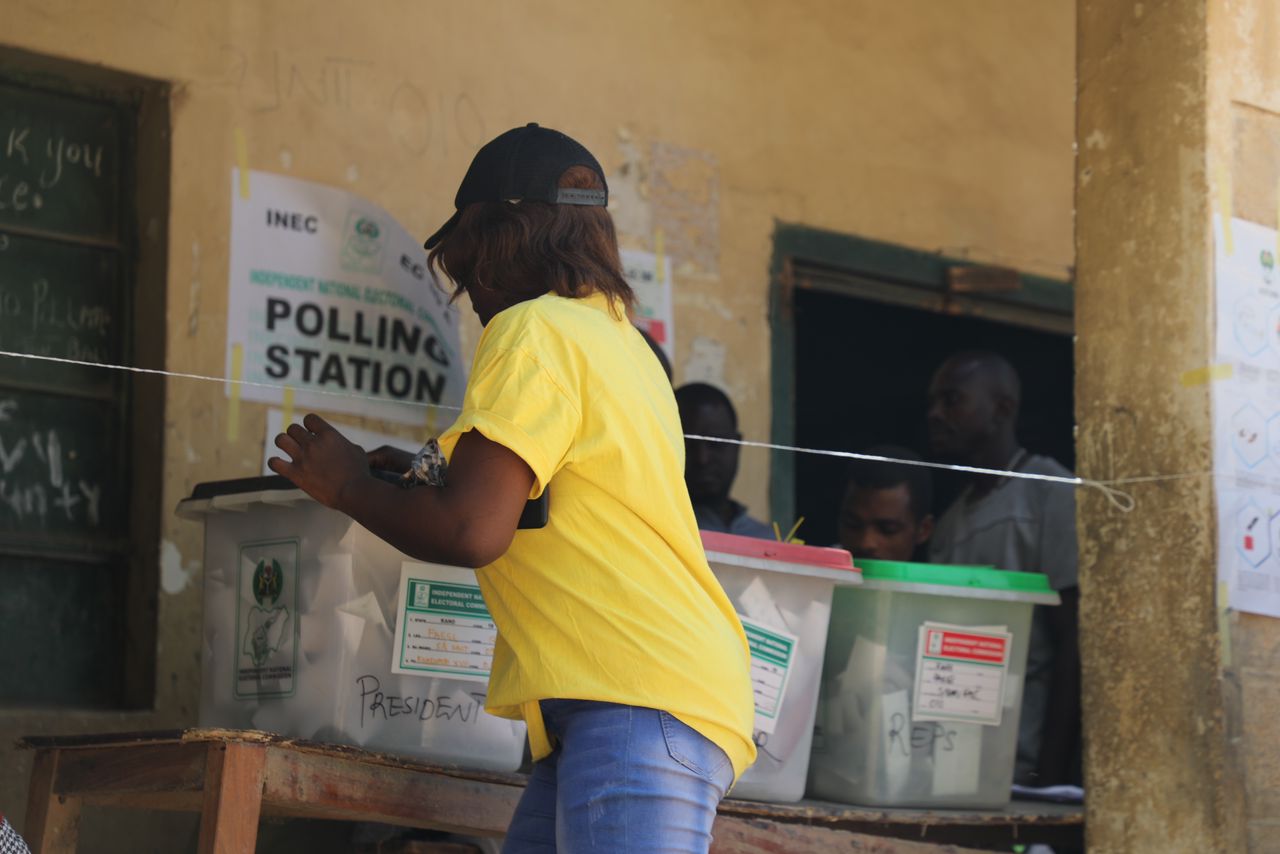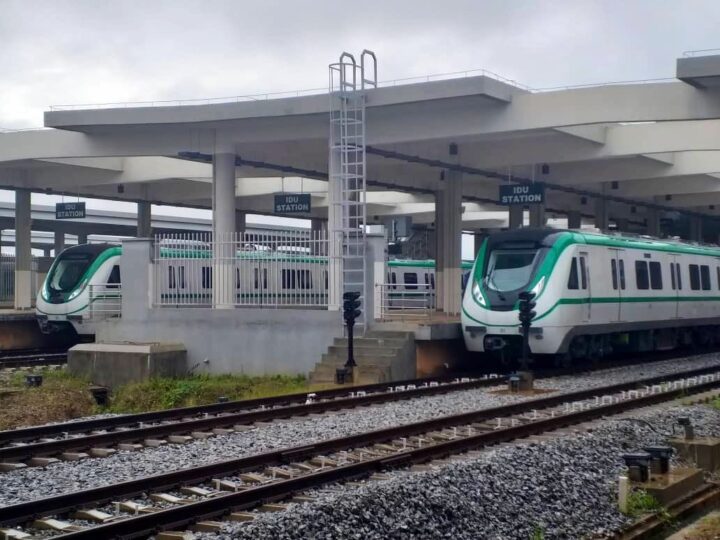Nigerian youths
A stark idea has always permeated certain corners of Nigerian public discourse, and it has re-emerged on social media, a place where the country’s deep-seated frustrations often boil over into extreme rhetoric. Amidst talk of revolution and reset, I saw a tweet advocating this dangerous proposition: that a period of intense, violent upheaval might be a necessary, albeit painful, precursor to a “better” Nigeria. This notion is not just morally reprehensible; it is historically illiterate. It fundamentally misunderstands the mechanics of societal collapse and rebirth, a field thankfully studied by serious scholars. To contemplate such a path is to play with a fire that consumes not just buildings and institutions, but the very fabric of a nation.
The tweet in question chillingly invokes the work of Branislav Slantchev, a prominent scholar of war studies, who has explored the grim calculus of civil conflict. Slantchev’s models, while academic, provide a terrifyingly clinical framework for understanding the catastrophic human cost of major internal strife. His work posits that the scale of mortality in a conflict is the primary determinant of its outcome. A low-intensity conflict, resulting in the death of less than 5% of the population, is often insufficient to dislodge entrenched power structures or forge a new social contract—it changes little. On the other end of the spectrum, a loss exceeding 20% of the populace typically leads to utter societal collapse, where the state ceases to function, and a Hobbesian “war of all against all” ensues, from which recovery can take generations.
The grim “sweet spot” lies between 10% and 15%. This is the theoretical range where the shock to the system is severe enough to completely dismantle the old order, yet (theoretically) leave enough human and institutional capital intact to build anew. This is not an abstract number for Nigeria, with a population of approximately 238 million. It translates to the planned annihilation of between 24 and 36 million human beings. To speak of this as a “price worth paying” is to engage in a genocidal fantasy, reducing millions of unique lives to a mere variable in a twisted equation for political change.
This is not mere theory; history offers brutal object lessons on the reality of such catastrophic mortality events. China, in particular, provides two harrowing case studies. The Taiping Rebellion of the mid-19th century stands as the deadliest civil war in human history. Historians estimate that between 20 and 30 million people died, with the majority of casualties resulting not directly from battle but from starvation, disease, and social breakdown. More recently, policies such as Mao Zedong’s Great Leap Forward (1958-1962) offer a further warning. Intended to modernise China’s economy rapidly, the Great Leap Forward resulted in famine and administrative repression, leading to a death toll of between 15 and 45 million people—a figure that, on its lower end, is squarely within Slantchev’s catastrophic range.
Advertisement
The outcome in both of these historical examples was not a stronger, more unified nation ready for a glorious future. It was a broken, traumatised society. The social fabric was shredded, trust in institutions evaporated, and a legacy of suffering was embedded in the national psyche for decades. The catastrophes did not pave a smooth road to progress; they created chasms of human loss that set the nation back immeasurably. The projects intended to strengthen China nearly destroyed it from within, demonstrating that the path of radical, forced upheaval is a descent into darkness, not an ascent to a brighter dawn. It took the coming of Deng Xiaoping to reset China. Is there a guarantee that if we have such tragedies in Nigeria, that there would be a Deng at the end of the tunnel?
If you are sure there will be, I raise you Cambodia. I raise you Yemen. I raise you Congo.
Applying the lens of a large number of deaths leading to prosperity to contemporary Nigeria reveals the sheer absurdity of the proposition. Nigeria is not a homogeneous entity but a precarious patchwork of over 250 ethnic nationalities, a delicate balance held together by a complex federal structure. A conflict of the magnitude required to hit this theoretical “sweet spot” would not be a unified revolution against a common enemy. It would almost certainly fracture along the very ethnic, religious, and regional fault lines that have plagued the country since independence. It would be a multi-front war of all against all, a conflagration that would make the tragedy of the 1967-1970 Civil War, with its estimated one to three million deaths, look like a mere skirmish. The Biafran War’s legacy demonstrates how even sub-threshold conflicts can leave wounds that fester for generations.
Advertisement
The idea that from the ashes of a genocide, a new, peaceful, prosperous, and unified Nigeria would spontaneously emerge is naive. Given our reality, what is more likely is that what is left of Nigeria would shatter into fiefdoms controlled by warlords, the economy would vanish, and the ensuing humanitarian crisis would be of biblical proportions, creating a vortex of instability that would consume the entire West African region.
The path to a better Nigeria will not be found in the calculated massacre of tens of millions of its citizens. It must be forged, however difficult, through the arduous, unglamorous, and persistent work of strengthening institutions, demanding accountability, fostering dialogue, and investing in the next generation. Nigeria, as it currently is, would go above the 20% mark very easily. Consider this: take a step outside your gate and count four people, then include yourself to make it five. For Nigeria to “get better”, one of them would have to die violently, and you could be that one.
Nwanze is a partner at SBM Intelligence
Advertisement
Views expressed by contributors are strictly personal and not of TheCable.
